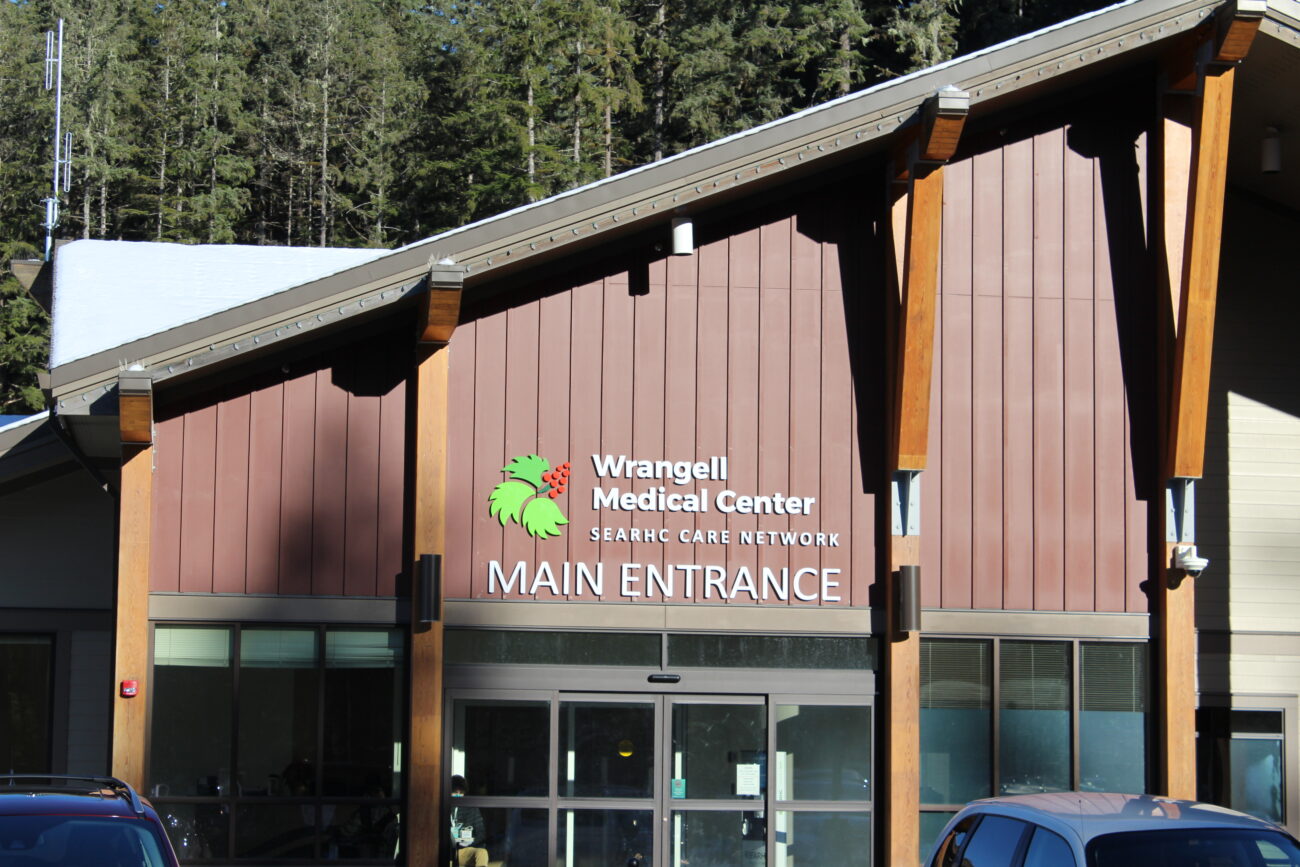
About one in eight women are diagnosed with breast cancer in their lifetime. Because it’s so prevalent, the month of October is dedicated to Breast Cancer Awareness.
The American Cancer Society and the Centers for Disease Control and Prevention encourage women to get mammograms every other year starting at age 40 if they have an average risk. Women who are high-risk should get one every year before they reach 40.
Southeast Alaska Regional Health Consortium – or SEARHC – has health clinics throughout the region.
Mammography technology has improved
Taylor Hartwick, a SEARHC Community Wellness Nurse Manager in Juneau, said that mammograms can detect lumps the size of a pea.
“They can pick up those tiny, tiny little lumps, whereas, on average, the lump size that a woman can actually feel is about an inch and a half large before she’s like, ‘Oh my gosh,'” she said.
Mammography technology has improved over the years, with many Alaska clinics moving to 3D machines. They produce more detailed images than older machines.
“It’s a machine that you you stand up next to,” Hartwick said. “Think of it as like it’s taking a 3d image of the breast tissue inside the breast; and so it is going to be a little bit uncomfortable.”
Uncomfortable but not painful. It’s a very short screening that takes about 15 minutes.
“…it doesn’t mean it’s a death sentence.”
Hartwick said that with the advances in technology and medicine, it’s amazing how long people are living, even if they’ve had a cancer diagnosis.
She said, “Just because you’re diagnosed with breast cancer, or any cancer for that matter, it doesn’t mean it’s a just death sentence.”
She said that she wrote a blog about her grandmother’s story, who died from breast cancer at age 39 in the 1970s. That was right on the border of when breast cancer screenings and medicine began.
Hartwick said, “I never got to meet her, but yet I’m still living her legacy.”
Hartwick said that a lot of people who battle breast cancer are battling it silently, for different reasons. But, she said it’s something that should be talked about more, for the sake of prevention.
“Prevention and screening and just promoting and let’s, let’s talk about them,” she said. “Let’s talk about those girls. Why not?”
Hartwick said that on top of the SEARHC locations in Sitka, Juneau, Wrangell and other areas in Southeast, they do use a mobile mammogram truck each spring. It travels to smaller communities, like Hoonah, Kake, Angoon and Gustavus.
SEARHC uses grant funding to help low-income, uninsured and underinsured women access the health care they need. This includes breast and cervical cancer screenings and cardiovascular health screenings.
To enroll in the program, people can visit SEARHC’s website and type in WISEWOMAN. They can also call 907-966-8525.











